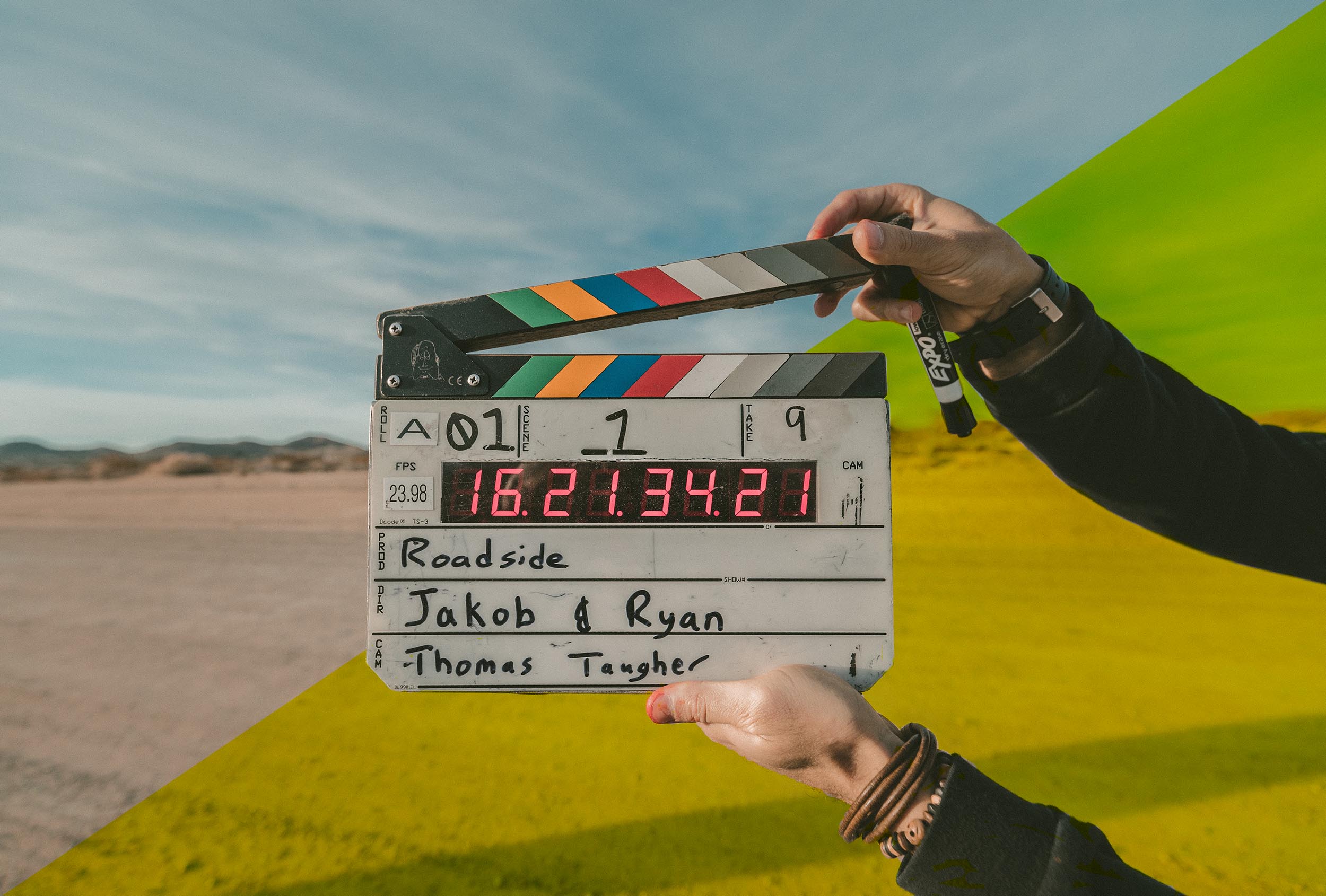“Personal Primetime” is a phrase that has been coined to describe something that we create for ourselves on different devices, whenever we want. In days gone by, when TV programmes occurred at set times, everyone would down tools. “Primetime” took place at the same time and was more about a shared experience. Now, however, as we tend to watch whatever we are truly interested in or are passionate about our “personal primetime” is a unique experience, dictated by us as viewers rather than those providing the content. We use it to meet our own ends, whether it’s to provide quality time or entertainment with our family or friends, or as a learning tool to help with dilemmas at work and advice regarding purchases. You’d be hard-pressed to find a subject for which there is no related YouTube clip to view. It’s the “go-to” place.
This wealth of video content at the fingertips of the masses, where the audience curates its own content, equals a fantastic opportunity for the video marketeer! Anyone who has a product or service to sell can use video to make it more accessible. Not only does a “how-to” or advice video with the right title make the product/service more searchable, but content can then be used to break down objections, maximise the benefits on offer and smooth the path to purchase.
Creating helpful content for viewers, or tapping into what the viewer really enjoys and is passionate about, or answering a specific question (posed in the title), with a call to action, will help to drive potential customers to your website. This type of path to purchase can be as creative as you want it to be. Anyone can use their creativity (or ours) to portray their product/service in a favourable light, linking it to subjects about which the viewers are passionate. The great news is that it will cost only a fraction of what the eye-wateringly expensive, traditional TV advertising slot would have cost during “prime time” and it will be available for viewing at any time of the day or night for a protracted period of time on multiple platforms.
I think that a lack of creativity in the market is becoming more obvious. Data is not enough on its own, which will become evident over time as conversion rates dive. Our attention is captured by the creativity of advertising we see. With privacy becoming even more important, data will get harder to rely on, putting creativity back in its place. An obsession with conversion rates can never be as effective as the ability to catch and hold the attention of your audience. It’s a narrative that inspires.
Take TikTok, for example, which is leading on creativity and attracts people not through data but through fun! Lead with creative video and you have a powerful combination.
If you’d rather get someone else to do the legwork for you, another effective way of using video is to partner with influencers who already have a following. They can help by advocating your product/service to their audience if it is of interest to them. My twelve-year-old daughter knows exactly which art supplies she wants for her birthday as she has watched them being tested by her favourite YouTubing artists. She doesn’t object to being sold to in this way (admittedly it’s not her money) but associates the products with the pleasure she gets from watching her favourite influencers doing art. She is now utterly convinced of the inherent quality and benefits of the advocated brands. Admittedly, for many products and services, it might be a bit of a tenuous link to use an influencer.
If you would like to engage the services of a brand marketing agency to help you in this arena we would love to help. The possibilities are infinite.

